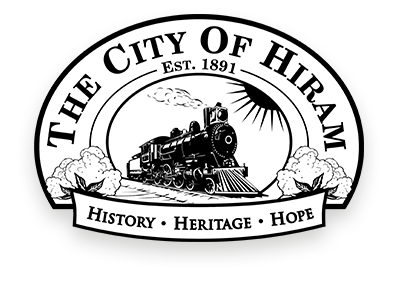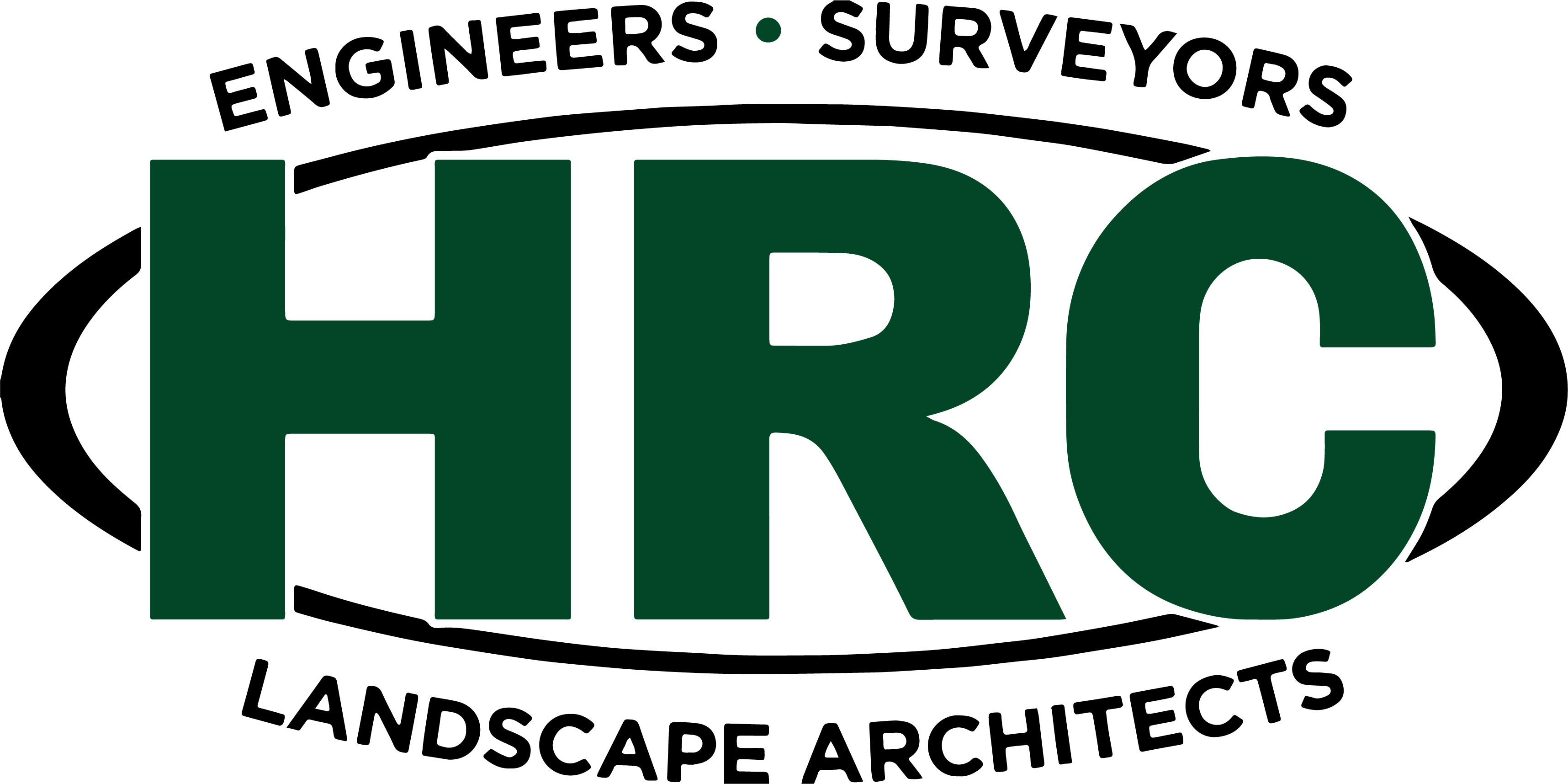By Darryl D. Ray, RLA, ASLA,
Vice President HRC Engineers
Roadway expansion, a park upgrade, utility infrastructure enhancements, or the building of a school, community center, or other public space: These are high-stakes projects that require specialized design and project management expertise.
The ability to steward taxpayer dollars, meet expectations, and fulfill long-term community needs necessitates that the right checks and balances are in place from the very start.
A Trusted Partner is Key
- Budget overruns and change orders that generate negative media attention.
- Delays that disrupt your government entities’ ability to provide needed services.
- Misalignment between project design/construction needs and those of the community that cost time and money.
- Non-compliance with local, state, or federal regulations that cause delays and budget overruns.
- Public dissatisfaction, erosion of trust or reputation damage that don’t reflect well on your entity.
1. Put Oversight Measures in Place From the Start
Early decisions shape success of government projects. Having qualified, experienced professionals—civil engineers, landscape architects, and land surveyors—in your court during planning and throughout construction keeps you on course.
- Conduct needed feasibility studies grounded in real-world data.
- Assess permitting needs, anticipate red tape—and plan a smart course of action going forward.
- Engage the public and gather input to inform design decisions.
- Forecast realistic project costs based on scope and site conditions.
- Create a phased plan that anticipates risk before construction begins.
Your go-to partner needs to challenge your assumptions and ask essential questions upfront to help ensure a successful project.
2. Build In Design Accountability
- Validate that design complies with ADA, environmental, and safety codes.
- Coordinate across all disciplines (civil engineering, structural design, landscape architecture, MEP engineering, etc.).
- Align design with funding available and long-term maintenance budgets.
- Simulate use cases and stress-test systems before they’re built.
Peer reviews, internal QA/QC processes, and regular touchpoints with your civil engineering team help you identify issues before they become liabilities.
3. Insist on Full Transparency
- Make sure the team you select has clear, proven processes for on-time, in-budget project delivery.
- Vet to make sure they’ve demonstrated experience with public projects like yours.
- Conduct due diligence to gauge the firm’s levels of proactiveness and accountability.
- Check references to make sure they’re saying what you need to know, not just what you want to hear.
According to a McKinsey Global Institute report, large infrastructure projects typically take 20% longer to finish than scheduled and run up to 80% over budget—largely due to poor upfront planning and misaligned stakeholders.
McKinsey & Company, “Reinventing Construction: A Route to Higher Productivity.”
4. Make Execution Oversight a Priority
- Review shop drawings and submittals for conformance.
- Provide clarification when questions arise in the field.
- Monitor progress and keep stakeholders informed.
- Manage change orders to ensure they’re justified and documented.
- Track adherence to schedule, budget, and safety protocols.
5. Give Closeout Your Careful Attention
- Punch list development and oversight.
- As-built drawings and documentation.
- O&M manual review.
- Final inspections and permit signoffs.
- Post-construction evaluations to confirm design intent is achieved.

“Our team appreciates HRC’s above-par professionalism and their team’s responsiveness to our needs. We value this productive partnership.”
Jody Palmer, City Manager of the City of Hiram, Georgia
